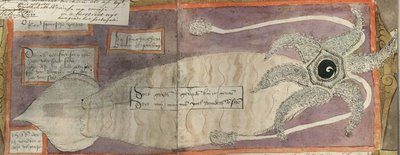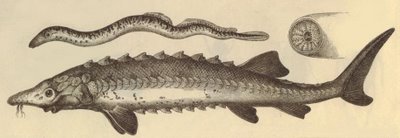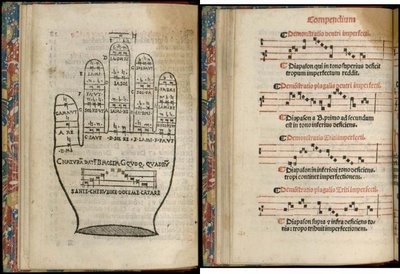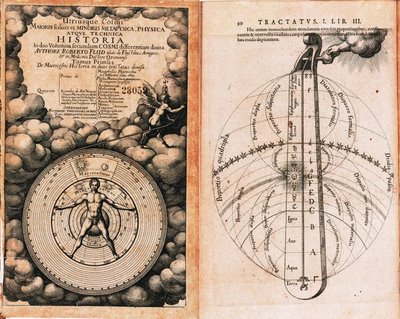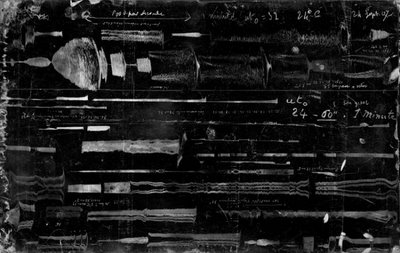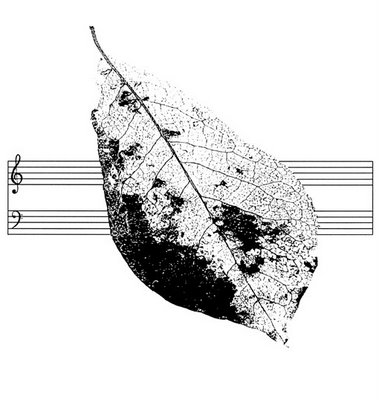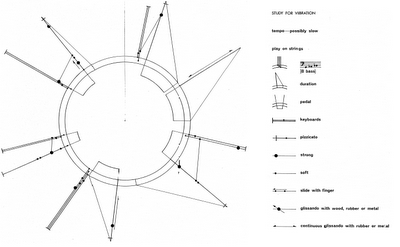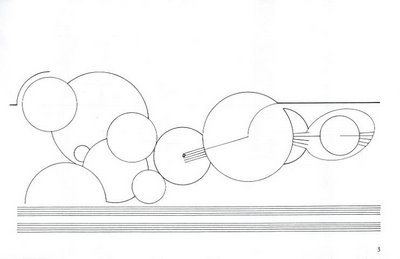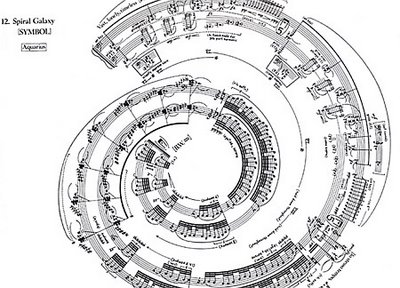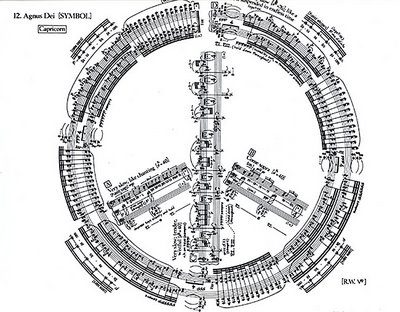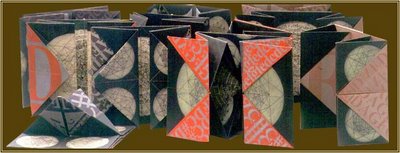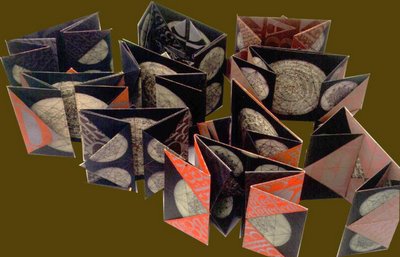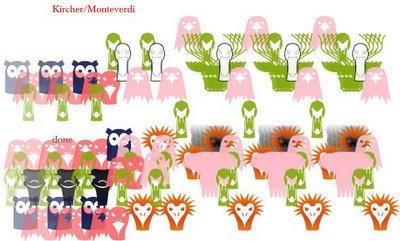

'
Speculum sophicum Rhodostauroticum' --
"The Mirror of the Wisdom of the Rosicrucians. The Detailed Unveiling of the
College and Axiomata of the specially illumined Fraternity of the Christian
Rosy Cross to all those desirous of and expecting wisdom and to the further
confounding of those who don't understand (Zoiles) and to their inextingishable
shame and mockery. Theophilus Schweighardt Constantiensem.
With the Privilege of God and Nature, not to be overturned in Eternity, 1618."
I really couldn't decide which version of this amazing
engraving I liked more which means: A. You get both,
and B. In my hesitation, I lost the link to the coloured version.
(Search around on 'Daniel Mögling', the psuedonym of Theophilus Schweighart)

'
Seagrass Hunters' by Rachell Sumpter.

Also by Rachell Sumpter.

by Gaston Caba.

'Le Moyne de Morgues, Jacques Laudonnierus et rex athore ante
columnam a praefecto prima navigatione locatam quamque venerantur
floridenses Charles IX, King of France' 1564.
[single image at
NYPL]

Some interesting and unusual illustration work by
Zachary Rossman(the site is currently unavailable - I hope it's not permanently borked).
I think I found it via
Suzanne G where you might also want to visit
Thee Shoppe.
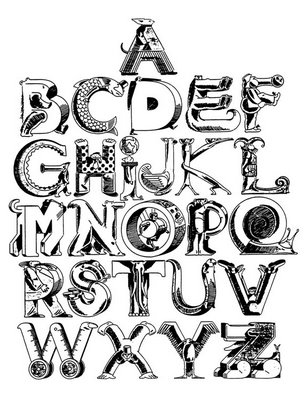
'
Legriffon' by Jean Alessandrini.

Concrete Poetry by Ferdinand Kriwet. More at
Ubuweb.
[the above 2 images were snagged from the
continuous visual carnival that is:
design et type]

I have no recollection about this image other than
it comes from the Mitchell Library in Sydney.
 'Python [Mercurius as three-headed dragon]'
'Python [Mercurius as three-headed dragon]' 1600, Germany.
Search on 'dragon' at Yale University's
Beinecke digital image
repository and click on the Call Number for a few less visually
stunning images from the same work. If you use the zoom feature,
this 'dragon' (Python) image above is H.U.G.E.
[I've posted a photocopy of an earlier version of this
image
before - by Giovanni Battista Nazari]

Guido Bonatus de Forlivio:
'Decem Tractatus Astronomie'2nd Ed. 1506. (first published 1491) [
at ebay]
Bonatus was a 13th century Italian astrolger and I'm not sure if this
work (with many astrological woodcuts on display at the ebay site) was
developed into the
english translation of 'Anima Astrologae'. This title page image
had actually been used before in Sacrobosco's '
Opus Sphericum' from 1501.


The above 2 images are 4 pages from a very interesting
12th century Arabic manuscript allegedly by Claudius Galenus
- '
Kitâb al-Diryâq' or '
Le livre de la Thériaque'.
Essentially it's a botanical pharmacopeia - a
theriac - a concoction of
some 64 ingredients (including opium and viper flesh) originally used
as an antidote for snake bite. Apparently the making of the product
was quite a ritual during the renaissance and it was still made up
until the 19th century.
There are a few more images at BNF.

A 15th century Coptic bible manuscript from Ethiopia -
'
Dawit: Le Livre du Psaumes' or Book of Psalms.
There are a few more
wonderful miniatures at BNF.

'Codex Ixtlilxochitl' is a Mexican Aztec manuscript from the beginning
of the 17th century. It's attributed to Don Fernando de Alva Ixtlilxochitl
and is basically a calendar of Gods/festivals.
There are no more images at
the BNF site unfortunately.
Everything here has been uploaded at full size, even the mashups, so click on the images to enlarge. I think I might have to give these multifaceted posts away. They are doing my head in. Too many windows, too many tabs, too many links.






